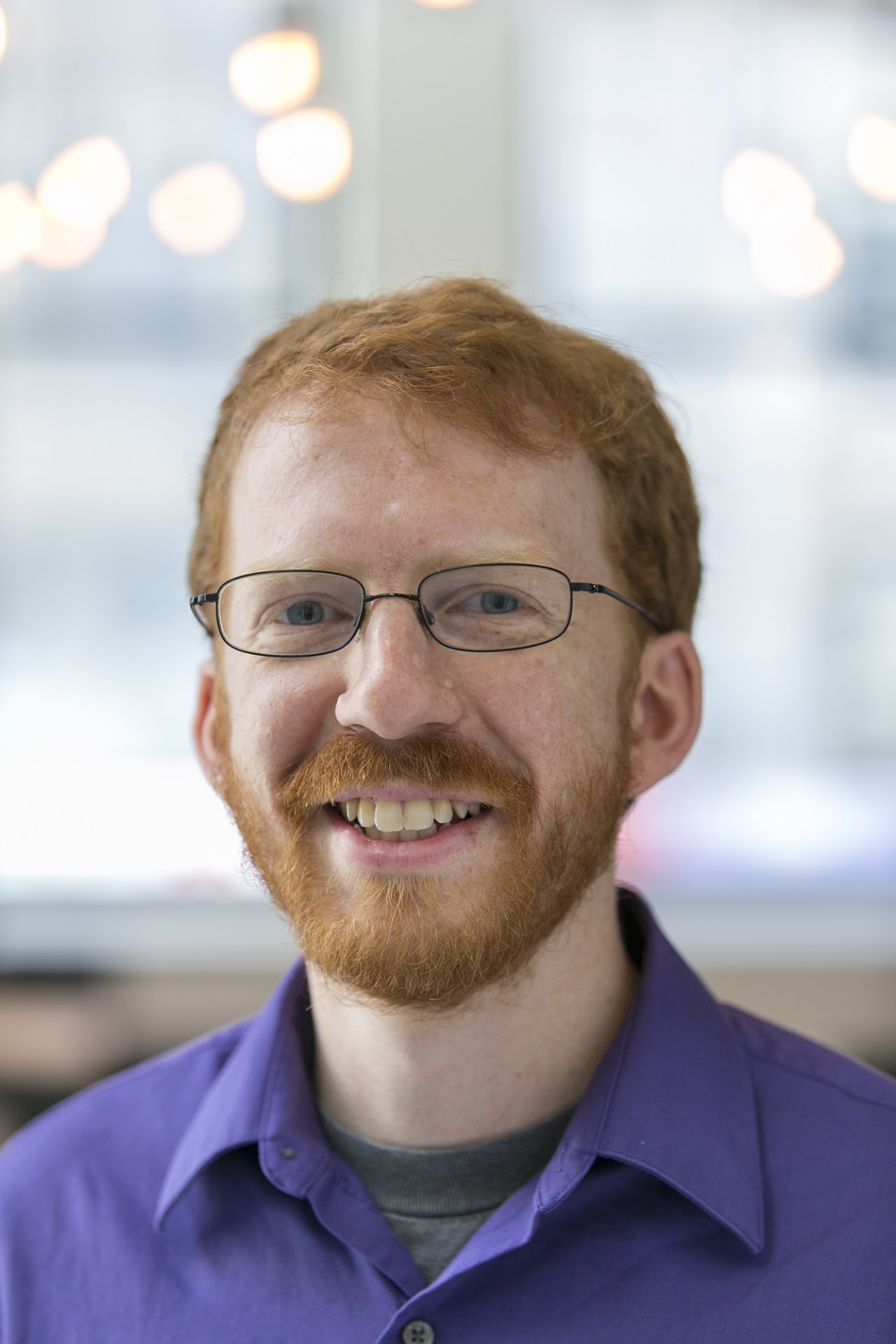
Prof. Thomas Baker
Departments of Physics & Astronomy and of Chemistry, University of VictoriaEmail: bakerte@uvic.ca
Speaker webpage: www.uvic.ca/science/physics/people/people/faculty/profiles/baker-thomas-e..php
 |
Prof. Thomas BakerDepartments of Physics & Astronomy and of Chemistry, University of VictoriaEmail: bakerte@uvic.ca Speaker webpage: www.uvic.ca/science/physics/people/people/faculty/profiles/baker-thomas-e..php |
Le concept d'entropie d'un système physique est fondamental en physique statistique et quantique. Plusieurs méthodes existent pour dériver l’expression de l’entropie. Selon la deuxième loi de la thermodynamique, l’entropie doit toujours augmenter. C’est un concept important pour la mort thermique de l’univers. La définition originale de l’entropie provient du cycle de Carnot; cependant, l’information quantique nous en offre une définition fondamentale. Aujourd’hui, l’entropie peut caractériser un système quantique et nous aider à résoudre des problèmes quantiques. Dans cette conférence, je vais présenter l’entropie dans le contexte de la physique quantique avec la définition du Shannon et discuter les algorithmes de réseaux des tenseurs qui utilisent l’entropie à cette fin.
Thomas Baker is an Assistant Professor in the Department of Physics & Astronomy and also the Department of Chemistry at the University of Victoria in British Columbia, Canada. He earned a M.Sc. from California State University, Long Beach where he graduated on the Dean’s List of Scholars and Artists and held a graduate research fellowship. He earned a Ph.D. from the University of California, Irvine with the support of the Achievement Rewards for College Scientists (ARCS) fellowship before he was the Prized Postdoctoral Scholar in Quantum Sciences and Technology at Institut quantique at l’Université de Sherbrooke. He recently was a Fulbright U.S. Scholar at the University of York in the United Kingdom. Thomas’s research interests are widespread in the field of quantum computing. He is interested in how to make quantum computers and design quantum materials for qubits and quantum error-correction. He also develops new algorithms for quantum chemistry on the quantum computer. Many times, numerical examples are produced in a custom-built tensor network library called DMRjulia, but other techniques are also used.